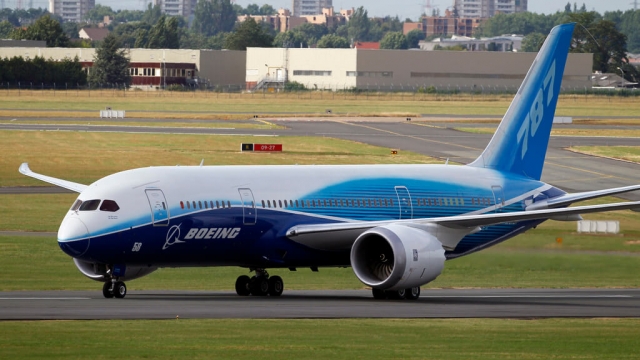
New rules from the Federal Aviation Administration will cut down on greenhouse gas emissions from new airplanes.
The FAA’s final rule on Airplane Fuel Efficiency Certification will require airliners to use a minimum standard of fuel-efficient technologies in new planes, with the ultimate goal of cutting down on the pollution they emit. These standards may range from improvements in engine efficiency and plane aerodynamics to changes to designs to reduce overall mass.
The rules will apply to “most large airplanes” flying in the U.S. and built after Jan. 1, 2028. It will not retroactively cover airplanes in service now.
This will include planes like Boeing’s 777X and the 787 Dreamliner, and the Airbus A330neo. Other non-jetliner planes, such as smaller business jets and some turboprop airplanes, will also be subject to the new regulations.
The updated rules will keep U.S. airplanes in compliance with emissions standards laid out by the International Civil Aviation Organization, which will ensure that U.S.-built engines and planes can be used around the world.
The new rules are part of the FAA’s 2021 Aviation Climate Action Plan, which sets out to make new aircraft more fuel-efficient, optimize air routes to save fuel, and develop more sustainable aviation fuels. Its overall goal is to make U.S. aviation a net-zero emissions sector by 2050.
The FAA says the civil aviation sector accounts for some 9% of transportation emissions and 2% of overall U.S. greenhouse gas emissions.